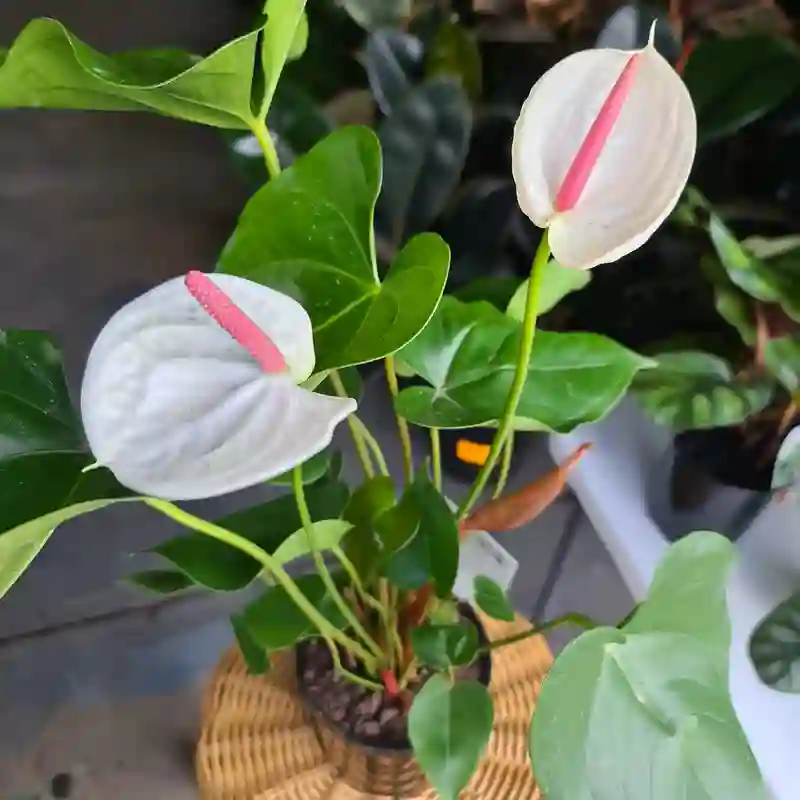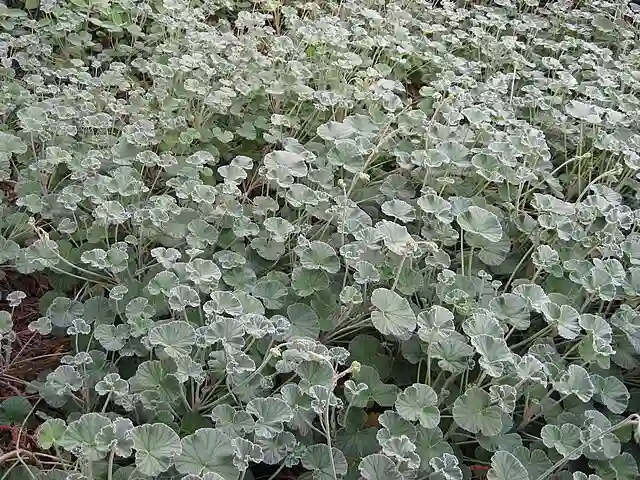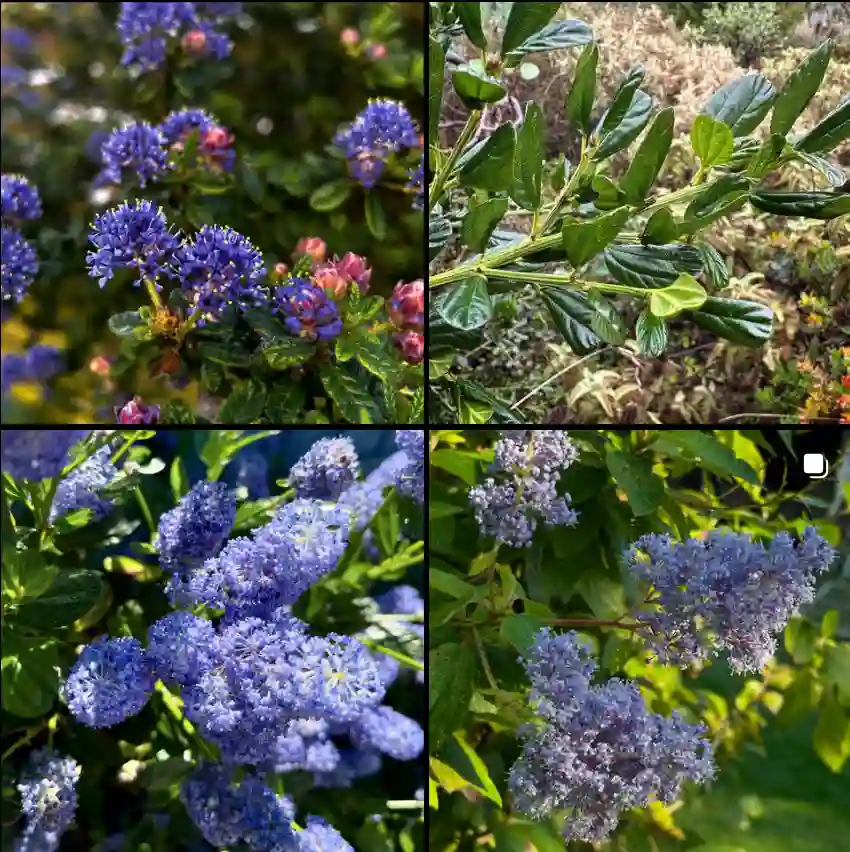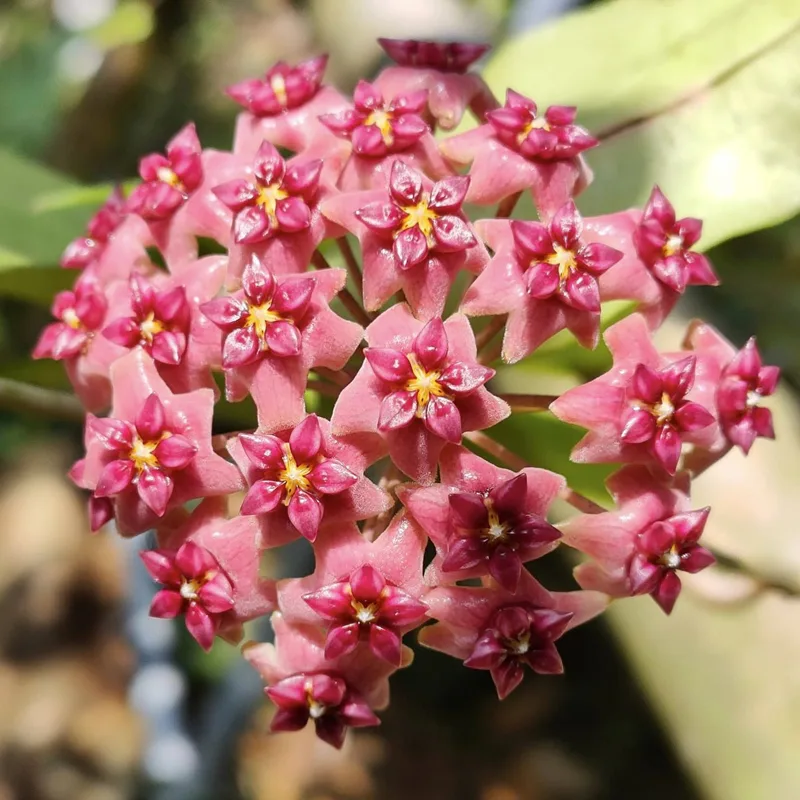Exploring the Maundiaceae Family: A Hidden Gem of Aquatic Plants
When it comes to the world of aquatic plants, I’ve always found myself drawn to the obscure and the unique. One such hidden gem that fascinates me is the Maundiaceae family. This relatively small family might not be as well-known as others, but it holds its own special place in the plant kingdom. Within this family, the sole genus, Maundia, is an exceptional aquatic plant that has captivated my curiosity.
The Significance of Maundiaceae
The Maundiaceae family, though lesser-known, represents an interesting aspect of plant evolution, especially when it comes to aquatic species. It’s one of those plant families that thrives in wetland environments, where water is the lifeblood. What makes it particularly intriguing to me is how well-adapted it is to this niche habitat, showcasing the incredible diversity of life within aquatic ecosystems.
As a plant enthusiast, I’ve always found aquatic plants to be fascinating because they have evolved differently from their terrestrial counterparts. The Maundiaceae family, in particular, stands out for its ability to flourish in waterlogged environments, providing both aesthetic value and ecological function in the wild.
The Genus Maundia: A Deep Dive
Within the Maundiaceae family, the genus Maundia is the main attraction. Maundia plants are perennial herbs, which makes them long-lasting and resilient, thriving in aquatic environments year after year. These plants are typically found in wetland areas in regions such as Australia, where they’ve adapted to the subtropical and temperate climates.
One of the most fascinating aspects of the Maundia genus is its root structure. The plants often develop rhizomes, which help them anchor in soft, marshy soils while also allowing for vegetative reproduction. The presence of rhizomes means that Maundia plants can spread and form dense clusters, which can stabilize wetland areas and prevent erosion—a crucial ecological role.
Having observed plants with similar adaptations in other aquatic species, I can’t help but appreciate the evolutionary adaptations that allow Maundia to thrive in such challenging conditions. These plants have found a way to make the most out of environments that would otherwise be inhospitable to many other species.
Ecological Importance of Maundiaceae
One of the reasons I’m particularly interested in the Maundiaceae family is the ecological importance it brings to wetland habitats. Wetlands are often considered “the kidneys of the landscape” because of their role in filtering pollutants, storing water, and supporting biodiversity. The Maundiaceae family plays a part in maintaining the health of these critical ecosystems.
Because of their perennial nature and their ability to spread through rhizomes, Maundia plants can form dense vegetation that supports wetland wildlife. Fish, amphibians, and invertebrates rely on such plants for shelter, spawning grounds, and feeding areas. Additionally, wetland birds often use these plants as part of their nesting habitat.
In my experience with aquatic plants, I’ve noticed that plants like Maundia can also contribute to the oxygenation of the water, helping to maintain a healthy environment for aquatic life. This function is essential in preventing stagnant water conditions, which can lead to algae blooms or other issues.
Challenges and Conservation
Despite their importance, the Maundiaceae family is often overlooked in conservation efforts. Wetland habitats across the globe face threats from urbanization, pollution, and climate change, and the plants that inhabit these areas are not immune. In regions where Maundia species are found, wetland drainage for agriculture and urban development has posed significant challenges to their survival.
From what I’ve observed, protecting plants like those in the Maundiaceae family is key to preserving the health of wetland ecosystems. Efforts to conserve wetland habitats not only benefit plants like Maundia but also protect the broader biodiversity of these areas. This is why I believe we should be paying more attention to the conservation of lesser-known plant families like the Maundiaceae.
Why Maundiaceae Matters to Plant Enthusiasts
For those of us who are passionate about plants, the Maundiaceae family represents a rare opportunity to explore and understand a unique group of plants that play an essential role in their ecosystem. Learning about this family has deepened my appreciation for the incredible diversity found in aquatic plant life. It’s also a reminder of how much we still have to learn about plant families that aren’t always in the spotlight.
One of the most exciting things for me is the idea that Maundia plants could eventually become more well-known in aquatic gardening or wetland restoration projects. They offer a lot of potential for those interested in creating sustainable, water-friendly landscapes. The fact that they’re resilient and adaptive makes them a valuable addition to any collection of aquatic plants.
Final Thoughts
The Maundiaceae family, while not as famous as some other plant families, holds its own in the world of aquatic flora. With its fascinating adaptations, ecological importance, and conservation challenges, the genus Maundia has certainly piqued my interest as a plant enthusiast. Exploring the unique world of Maundia has been a rewarding experience, and it’s a reminder of how much diversity exists within even the smallest plant families.
In a world where many ecosystems face threats from human activity and climate change, I believe that plants like those in the Maundiaceae family deserve more recognition and protection. Whether you’re a plant lover like me or simply someone interested in nature’s hidden treasures, the Maundiaceae family offers a world worth discovering.
If i die, water my plants!



